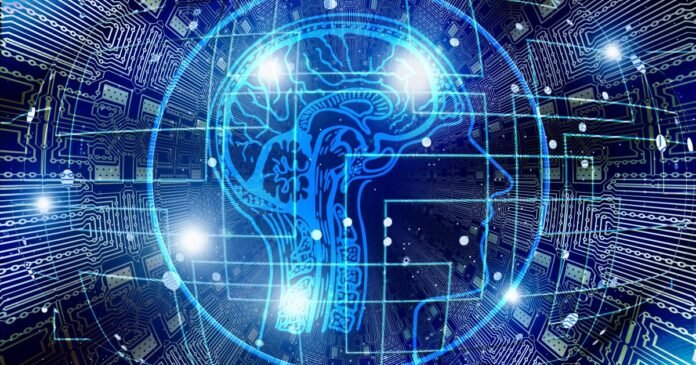At the end of 2022, several AI tools became available, triggering a wave of transformation that is reshaping our daily routines and offering a new era of possibilities within professional domains. Of these, transfer pricing (TP) is profoundly affected, making it increasingly important to understand both the potential and limitations of AI.
TP often relies on the review of multiple sets of data, such as accounting data, legal documentation, extensive market and industry analyses, and comparable transactions, all within complex regulatory frameworks. It often combines several disciplines, including tax, accounting and corporate finance, along with the requirement for a deeper understanding of each client’s business activities, environment and transactions.
AI can also facilitate rapid assessment, classification and interpretation of purely quantitative data, such as multiple accounts, key terms from complex agreements or internal customer data. It can create summaries or forecasts, allowing TP professionals to quickly spot problems and inconsistencies and determine the right course of action. Additionally, AI can streamline certain aspects of economic analysis, including data extraction for benchmarking and initial filtering. Finally, it can generate certain parts of the product service deliverables, such as attachments or highly standardized and descriptive parts of the documentation.
While it clearly supports and excels in quantitative analysis, AI cannot replace human TP expertise. Human intervention remains essential, especially in areas that require professional judgment, such as in the context of complex value chains. For example, an intellectual property analysis would involve not only the examination of quantitative data and facts, but also the identification of key functions and responsibilities, which often extend beyond mere job descriptions. In this area, human judgment and discussions with each party involved often result in conclusions that could have been different from those arising solely from a quantitative or mechanical approach embedded in AI.
Selecting and determining comparable transactions
Even for relatively simple analyses, the final selection and determination of comparable transactions still requires professional discretion, especially when the criteria extend beyond quantitative characteristics to include legal precedents. In today’s world, courts and tax authorities are not only scrutinizing the data sets and demanding greater comparability of the data sets retained, but are also increasingly relying on anti-abuse provisions, such as those relating to abuse of rights. These concepts include subjective assessment and interpretation of a transaction.
As a brief example, consider an investment fund that acquires an entire business group from an existing multinational. The fund establishes a dedicated real estate company to acquire, finance and retain the business. Tax authorities in the company’s source country may want to review and understand the economic context of these transactions. This is where a TP practitioner must demonstrate, using client-specific business and structural arguments, that the real estate company has valid business reasons for existing and has sufficient substance to meet those demands. This is something that AI, which relies solely on existing algorithms, cannot handle alone.
Interpretation of regulations and the chance of errors
Although the development of AI is progressing rapidly, making it difficult to fully appreciate its potential, the interpretation of key regulations using abstract language, such as the arm’s length principle, remains an area where professional judgment is crucial. AI remains a probabilistic model, unable to think independently.
Contractual, legal and ethical risks are themselves a challenge. TP relies heavily on proprietary third-party databases, where intellectual property plays a fundamental role. Furthermore, legal and contractual considerations, such as the protection of customer data, currently raise multiple questions about AI’s ability to fully comply with these legal restrictions.
Finally, AI can and does make mistakes, either due to errors in the data it processes or due to what is sometimes called “hallucination.” While detecting errors in databases or provided data can sometimes be virtually impossible, human review and oversight can prevent cases where AI generates fabricated or inaccurate conclusions.
Final thoughts on the role of AI in transfer pricing
The integration of AI into TP opens a new era of efficiency and accuracy. However, it is imperative to find a balance between automation and human intervention. As the OECD has confirmed, TP is not an exact science. Unlike AI, which relies on math and algorithms, TP requires interpretation and judgment. Therefore, while AI can improve several TP processes, it is essential to recognize the central and indispensable role of the TP professional.





